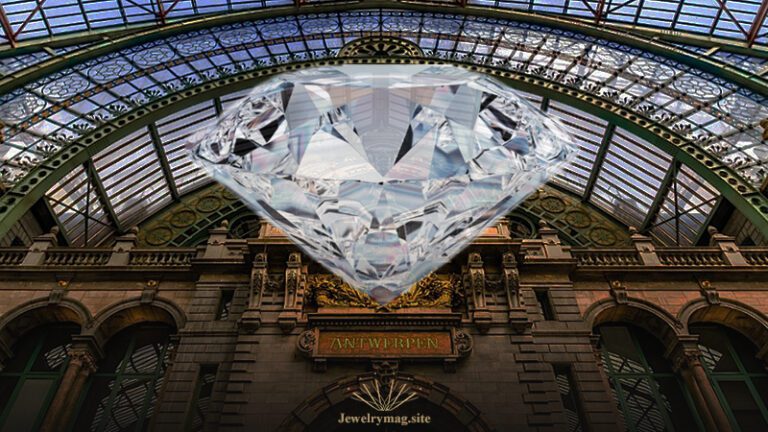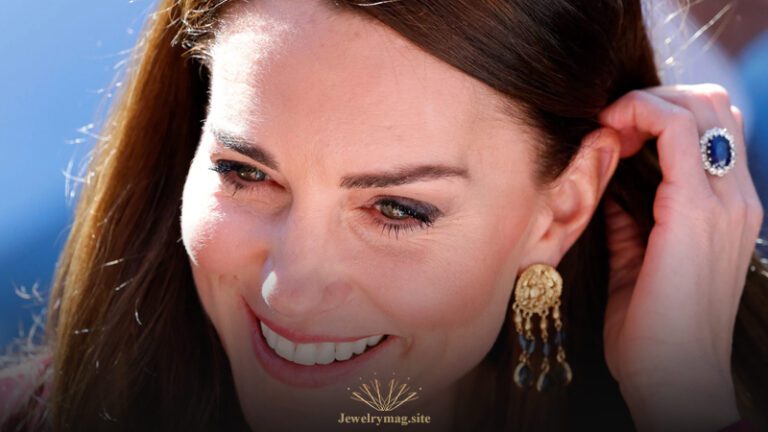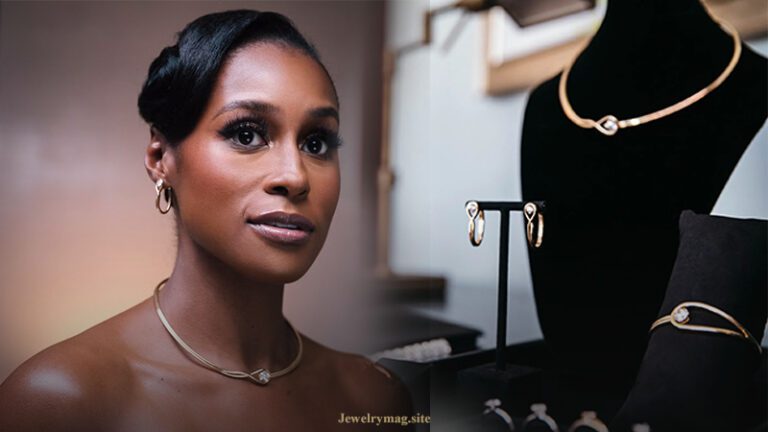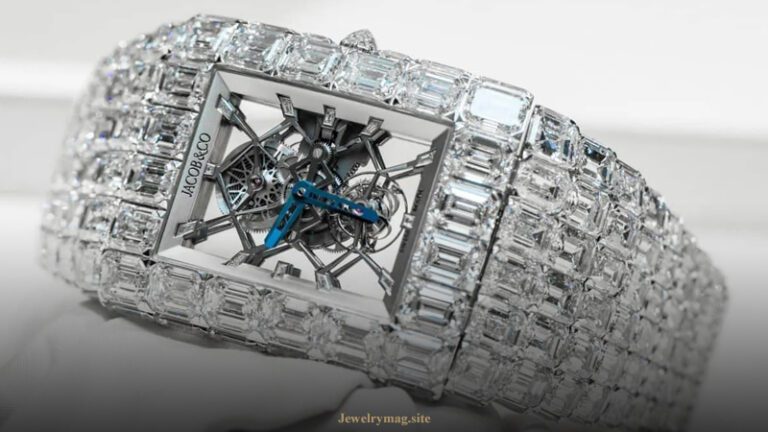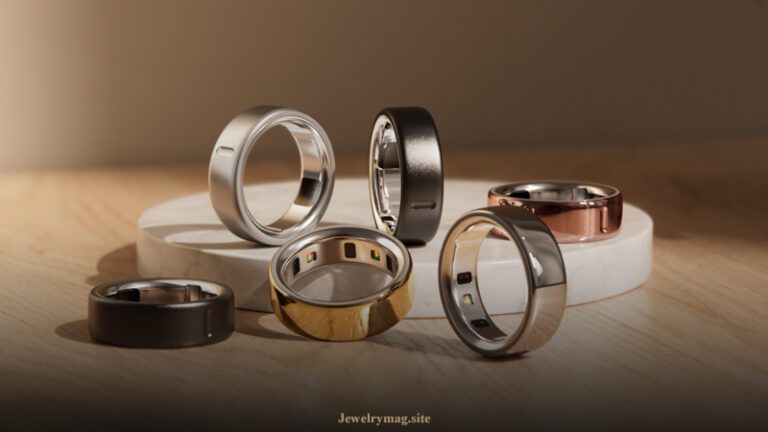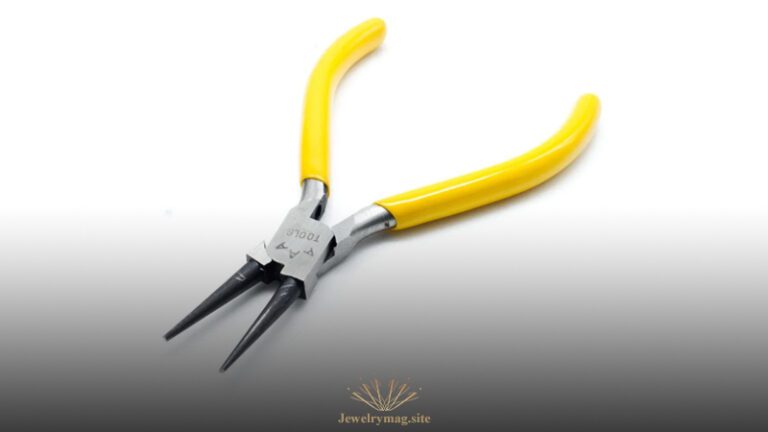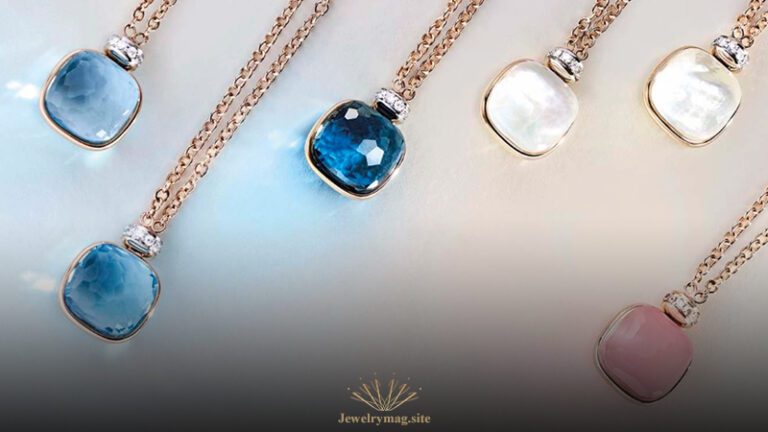Gold has fascinated humanity for millennia, symbolizing wealth, power, and divinity. Among the various forms and colors of gold, one stands out for its unique hue and rarity: purple gold. This intriguing material, a product of both natural phenomena and human ingenuity, combines the allure of traditional gold with the mystical and regal qualities of the color purple. This article delves into the history, composition, creation, applications, and cultural significance of purple gold, offering a comprehensive understanding of this extraordinary alloy.
Historical Background of Purple Gold
The history of gold metallurgy is rich with innovation and discovery. However, this purple alloy of gold, also known as amethystine gold, is a relatively modern creation. The concept of colored gold alloys gained traction in the late 19th and early 20th centuries when metallurgists began experimenting with various metal combinations to produce gold with different hues. Purple gold emerged as a notable result of these endeavors.
The first significant documentation of purple gold can be traced back to the early 20th century. Pioneering metallurgists discovered that by alloying gold with aluminum, they could produce a striking purple hue. This discovery was groundbreaking, as it introduced a new dimension to gold’s aesthetic possibilities.
Composition and Creation, what does purple gold made of?
Purple gold alloy is typically an alloy consisting of gold and aluminum. The standard composition is 18 karat gold (75% gold) and 25% aluminum, although variations exist depending on the desired properties and color intensity. The process of creating this alloy of gold involves precise control over the alloying process to ensure the correct proportions and uniform distribution of the metals.
Watch this video about the process of making purple gold
- Alloying Process:
- Melting: The gold is melted in a crucible at high temperatures (around 1064 degrees Celsius or 1947 degrees Fahrenheit).
- Adding Aluminum: Once the gold reaches its molten state, aluminum is carefully added. Aluminum has a much lower melting point (660 degrees Celsius or 1220 degrees Fahrenheit), so it quickly melts and integrates with the gold.
- Mixing: The molten metals are thoroughly mixed to ensure a homogenous alloy. This step is crucial to achieving a consistent color and structural integrity.
- Cooling and Solidification:
- The molten alloy is then poured into molds to cool and solidify. Controlled cooling is essential to prevent the formation of unwanted microstructures that could affect the color and mechanical properties.
- Once solidified, the alloy is subjected to further processing, such as rolling, annealing, and surface treatments, to achieve the desired shape and finish.
- Challenges:
- Producing this alloy is technically challenging. The alloy is brittle due to the presence of aluminum, which limits its practical applications in jewelry. However, advanced metallurgical techniques and treatments have been developed to enhance its durability.
Properties and Characteristics
Purple gold possesses a unique set of properties that distinguish it from other gold alloys. Its most striking feature is its vibrant purple hue, which ranges from deep amethyst to lighter lavender shades, depending on the alloy’s composition and processing.
- Color:
- The purple color of the alloy is due to the specific interaction between gold and aluminum atoms, which affects the way light is absorbed and reflected by the material. The exact shade can be fine-tuned by adjusting the proportions and processing conditions.
- Hardness and Brittleness:
- One of the primary challenges of purple gold is its brittleness, a direct result of the aluminum content. While traditional gold alloys are known for their malleability and ductility, it requires careful handling to avoid cracking and breaking.
- Density:
- Purple gold has a lower density compared to pure gold due to the presence of aluminum, making it slightly lighter. This characteristic can be advantageous in certain applications where weight is a concern.
- Chemical Stability:
- Despite the addition of aluminum, purple gold retains good chemical stability and resistance to tarnishing. This property makes it suitable for long-lasting decorative applications.
Applications of Purple Gold
The unique aesthetic of this alloy has captivated designers and artisans, leading to its use in various high-end applications. Despite its brittleness, advances in metallurgy have enabled the creation of stunning jewelry pieces and decorative items.
- Purple Gold jewelry:
- Rings and Earrings: Purple gold is often used in rings and earrings, where its vibrant color can be showcased in smaller, more manageable pieces. These items are typically designed with protective settings to prevent damage.
- Pendants and Necklaces: Pendants and necklaces made from purple gold are prized for their uniqueness and beauty. They often feature intricate designs that highlight the alloy’s color.
- Custom Designs: Many jewelers offer custom designs in this unique color of gold, allowing customers to create personalized pieces that reflect their individual style and taste.
- Decorative Arts:
- Sculptures and Figurines: Purple gold’s striking appearance makes it a popular choice for sculptures and figurines. Artists and craftsmen create intricate designs that leverage the alloy’s color to enhance visual appeal.
- Luxury Accessories: High-end accessories such as watch cases, cufflinks, and pens are sometimes made from purple gold, adding a touch of opulence and exclusivity.
- Innovative Uses:
- Technology and Industry: While less common, this purple alloy has found niche applications in technology and industry. Its unique properties can be advantageous in specific high-tech applications, such as specialized connectors and contacts.
Cultural Significance of Purple Gold
The cultural significance of purple gold extends beyond its material properties. The color purple has long been associated with royalty, luxury, and spirituality, making it a symbol of prestige and refinement.
- Historical Associations:
- Throughout history, purple dye was rare and expensive to produce, often reserved for nobility and high-ranking officials. The color’s association with wealth and power has persisted, and purple gold inherits this legacy.
- Modern Symbolism:
- In contemporary society, purple gold represents a fusion of tradition and innovation. It appeals to those who appreciate both the historical significance of gold and the modern allure of unique, unconventional materials.
- Spiritual and Mystical Connotations:
- The color purple is often linked to spirituality and mysticism. In some cultures, purple gold is believed to possess metaphysical properties, promoting creativity, wisdom, and emotional balance.
Challenges and Future Prospects of Purple Gold
Despite its many appealing qualities, purple gold faces challenges that limit its widespread adoption. However, ongoing research and development hold promise for overcoming these obstacles.
- Brittleness:
- The primary limitation of purple gold is its brittleness, which restricts its use in durable jewelry and functional items. Advances in alloying techniques and material science aim to improve the alloy’s mechanical properties without compromising its color.
- Cost and Accessibility:
- The production of purple gold is complex and requires precise control over the alloying process, making it relatively expensive. Efforts to streamline production and reduce costs could make it more accessible to a broader audience.
- Innovative Applications:
- As research continues, new applications for purple gold may emerge. Potential areas of exploration include biomedical devices, advanced electronics, and space technology, where the alloy’s unique properties could offer distinct advantages.
Purple colored gold stands as a testament to the enduring allure of gold and the endless possibilities of metallurgical innovation. Its captivating color, rich historical associations, and unique properties make it a material of fascination and desire. While challenges remain, the future of purple alloy of gold is bright, with potential advancements poised to unlock new applications and opportunities. As we continue to explore and appreciate the beauty of this amethystine alloy, purple gold will undoubtedly maintain its place as a symbol of luxury, creativity, and human ingenuity.
FAQ
Is purple gold real gold?
Yes, purple colored alloy of gold is real gold, but it is an alloy rather than pure gold. The term “purple gold” refers to a specific alloy consisting typically of 75% gold (18 karat) and 25% aluminum. The combination of gold with aluminum produces the unique purple hue that characterizes this alloy. Despite being mixed with aluminum, this kind of gold retains the inherent value and many of the properties of gold, while acquiring some new properties from the aluminum.
Does purple gold form naturally?
No, this alloy does not form naturally. It is a man-made alloy created through a precise metallurgical process that combines gold with aluminum. The unique purple hue of purple gold is a result of this intentional alloying process, which does not occur in nature.
How rare is purple gold?
This alloy is considered quite rare, primarily due to its unique composition and the challenges associated with its production.



